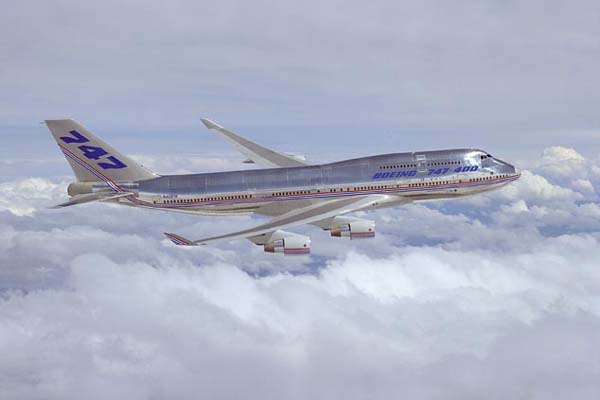
2 May 1925: At Santa Monica, California, the Douglas Aircraft Company C-1, A.S. 25-425, made its first flight. The new aircraft was requested by the U.S. Army Air Service to fill the role of a cargo transport. The single-engine, two-bay biplane had a crew of two in an open cockpit and could carry 6–8 passengers in an enclosed compartment, or 2,500 pounds (1,134 kilograms) of cargo. A trapdoor in the floor allowed heavy cargo to be lifted directly into the airplane.


The C-1 was powered by a water-cooled, normally-aspirated, 1,649.336-cubic-inch-displacement (27.028 liter) Liberty L-12 single overhead cam (SOHC) 45° V-12 engine with a compression ratio of 5.4:1. The Liberty produced 408 horsepower at 1,800 r.p.m. The L-12 as a right-hand tractor, direct-drive engine. It turned turned a two-bladed fixed-pitch wooden propeller. The Liberty 12 was 5 feet, 7.375 inches (1.711 meters) long, 2 feet, 3.0 inches (0.686 meters) wide, and 3 feet, 5.5 inches (1.054 meters) high. It weighed 844 pounds (383 kilograms).

The Liberty L12 aircraft engine was designed by Jesse G. Vincent of the Packard Motor Car Company and Elbert J. Hall of the Hall-Scott Motor Company. This engine was produced by Ford Motor Company, as well as the Buick and Cadillac Divisions of General Motors, The Lincoln Motor Company (which was formed by Henry Leland, the former manager of Cadillac, specifically to manufacture these aircraft engines), Marmon Motor Car Company and Packard. Hall-Scott was too small to produce engines in the numbers required.

The C-1 had a maximum speed of 116 miles per hour (187 kilometers per hour), though its cruising speed was 85 miles per hour (137 kilometers per hour). The service ceiling was 14,850 feet (4,526 meters) and its range was 385 miles (620 kilometers)
In addition to a passenger and cargo transport, the Douglas C-1 was used experimentally as a medical evacuation aircraft and as an aerial refueling tanker. Nine C-1 and C-1A transports were built, and seventeen slightly larger C-1Cs.
The C-1 was the first U.S. Air Force airplane to use the designation “C-” to indicate a cargo transport. That designator is still in use today.

© 2018, Bryan R. Swopes






















